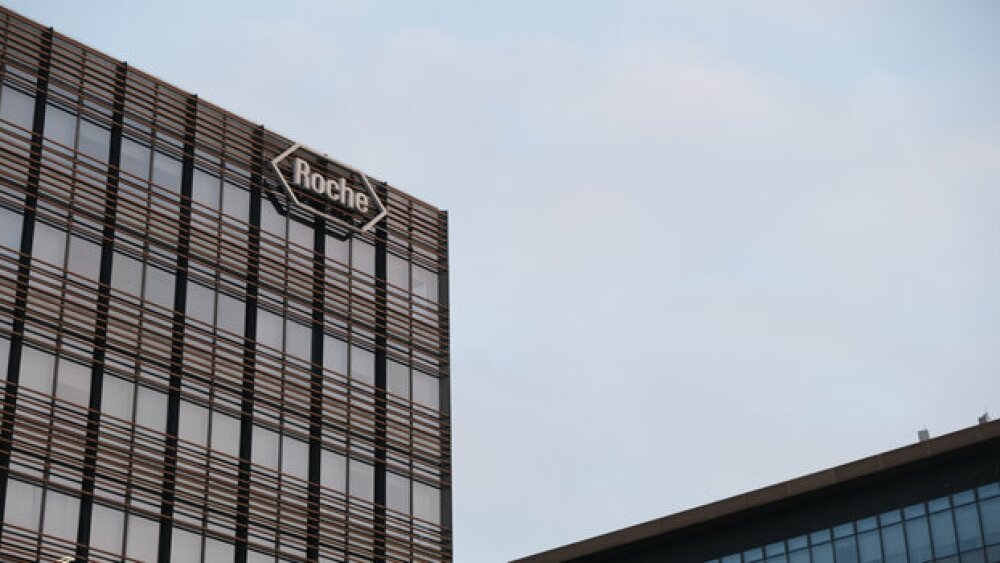Bluebird has just two quarters until it’s out of cash. Executives are looking for financing to extend that runway to a projected breakeven point before the end of 2025, with analysts worried they won’t make it.
Bluebird bio is about to run out of money. The gene therapy company reported $118.7 million in cash and equivalents on hand as of September 30, which will last into the first quarter of 2025. Executives told investors on an earnings call Wednesday that they expect to eke out cash break even in the second half of 2025.
But that’s only if the company manages to leap over the cash gap and bring in revenue for at least 40 drug products per quarter. But how? Analysts would like to know, with William Blair’s team noting the “significant” financial overhang.
Transfusions Tick Up
Executives said bluebird has doubled patient starts for its gene therapy portfolio, which includes Lyfgenia, Zynteglo and Skysona. The number of patients on treatment has jumped from 27 to 57, which means revenue from those products has started to trickle in. Including expected patient starts for the remainder of the year, there are 74 total patients on or about to receive treatment. Thirty patients are scheduled in 2025 already, Chief Commercial & Operating Officer Tom Klima said.
“This trajectory continues to support the potential path to cash flow breakeven in the second half of 2025 as those starts convert to deliveries and infusions,” he said.
Bluebird recorded $10.6 million in revenue for the third quarter, which is down from $16.1 million in the second quarter. This dip was expected due to variation in manufacturing timelines, according to CFO James Sterling.
William Blair analysts are concerned that bluebird is likely to miss its patient start guidelines in the fourth quarter, even as it has excelled in starting up new qualified treatment centers for its portfolio of gene therapies.
“We still question the company’s ability to translate this into patient starts and revenue, particularly given it appears the company will fall short of its 2024 patient starts guidance,” the William Blair team wrote.
Klima said on the earnings call that there is a two-quarter lag time between a patient start and product delivery, meaning revenue does not immediately flow. It was recently reported that patients had finally begun receiving transfusions of the sickle cell gene therapy Lyfgenia, which was approved for the disease in December 2023.
Due to the grueling nature of gene therapy—which has the potential to essentially cure long-challenging diseases like sickle cell—many patients time their treatments around life events. On the earnings call, William Blair’s Sami Corwin asked about how the upcoming holiday season might impact patient starts. Last year, bluebird’s earnings reflected this trend in depressed fourth quarter revenue.
Still, Klima is confident that bluebird will make the revenue guidance of $25 million for the quarter and said the company is closely watching the number of infusions that have already happened at the start of the fourth quarter.
Financial Stability
Bluebird has conducted significant cost-saving measures which are expected to reduce expenditures by 20% in the third quarter of 2025. This most recently included layoffs that affected 25% of staff in R&D.
Even so, bluebird is expected to run out of money sometime in the first quarter. That leaves at least one quarter where it doesn’t have enough cash to operate before it hits break even. And on that, executives had little to say beyond that they are actively working with lending partner Hercules Capital to secure additional funds.
Bluebird signed a five-year term loan facility with the firm in March that includes debt financing up to $175 million in four tranches that is available following certain milestones. Bluebird has taken $75 million of that debt, which must be paid back eventually. The loan was renegotiated after the second quarter to extend a patient start milestone, which would unlock $25 million of the cash.
“We’ve laid out a roadmap to financial stability and cash flow breakeven in the second half of next year should we accomplish our goal of securing additional cash resources,” CEO Andrew Obenshain said on the earnings call.
When asked directly about how bluebird will cover the gap, Sterling pointed to Hercules. “Hercules has been a great partner for us through this and we’re in regular contact with them. It’d be premature for me to expand on [the] specific nature of those conversations but strategies to extend the runway include renegotiating key contracts and other cost initiatives, and our partnership with Hercules is key in helping move those forward.”
The issue was not addressed again. Bluebird did not respond to BioSpace’s request for comment as of publication.
Bluebird has also run afoul of the Nasdaq’s minimum listing requirement and is attempting a reverse stock split to bring the shares in line with the $1 minimum bid price. A shareholder meeting was recently adjourned and extended to early December to allow more votes to come in. If successful, William Blair thinks the move would bring bluebird into compliance with the Nasdaq rules.
William Blair summed up its earnings coverage with this: “We are unsure if bluebird will be able to successfully transition into a profitable, commercial-stage company.”
Bluebird seems to agree, with a note of “going concern” in its SEC earnings document.
“We will need to raise additional funding, which may not be available on acceptable terms, or at all,” the filing reads. “Failure to obtain this necessary capital when needed may force us to delay, limit or terminate our commercial programs, product development efforts or other operations.”






